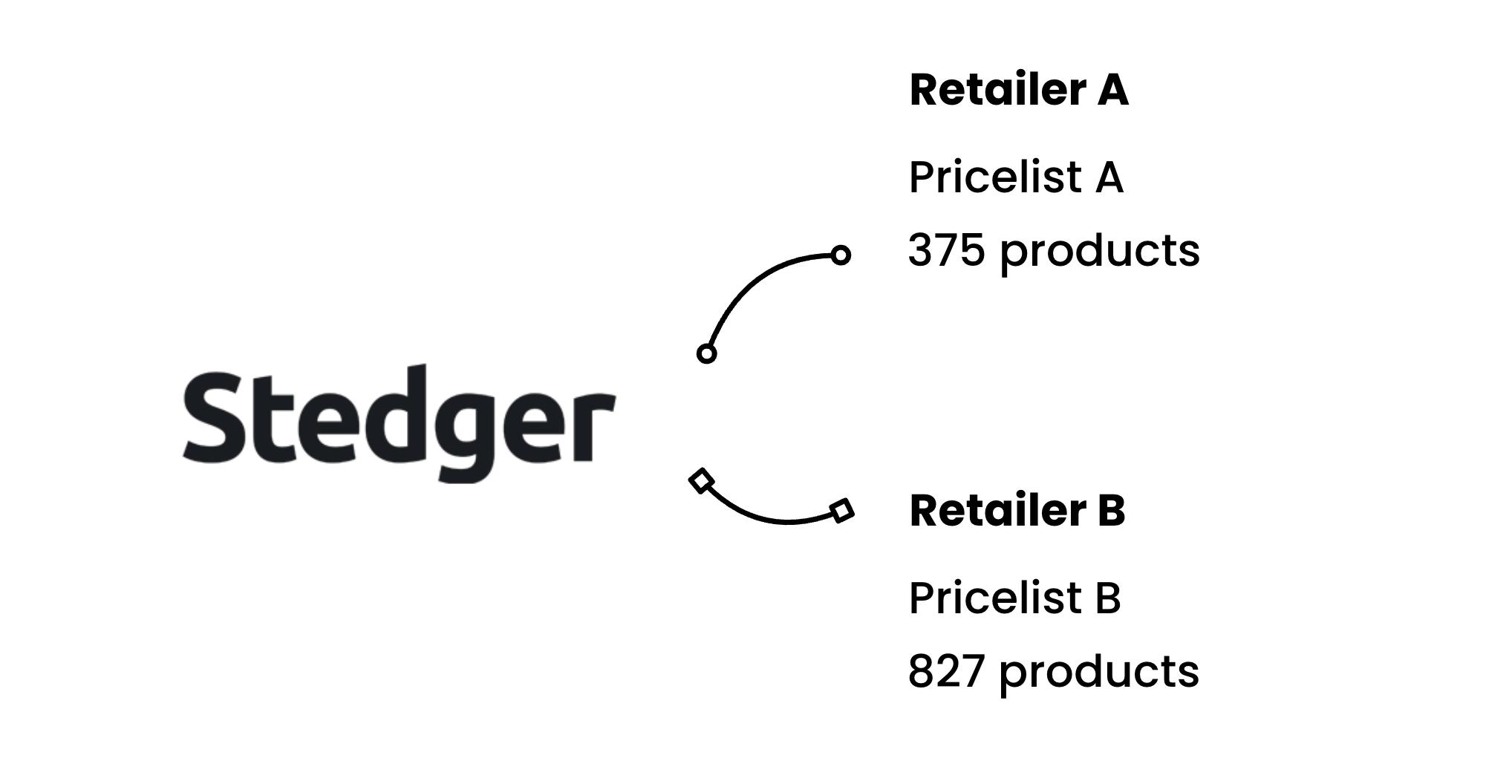PIM – Product Information Management
PIM - Product Information Management
A PIM system - short for Product Information Management - lets you combine, customize, and share your product data however you want to and with whomever you want. Stedger's AI PIM makes working with your data extremely easy and efficient.
With a PIM you can launch new collections, onboard new customers, and grow your business faster and more efficiently.
What is a PIM?
Product Information Management (PIM) is a system or process that centralizes and manages all product-related information (like descriptions, specifications, pricing, and digital assets) in a single source of truth. PIM helps you maintain consistent and accurate product data across all sales channels.
Why use an AI powered PIM?
There may be many reasons for wanting to implement a PIM. The overview below covers the most important part of PIM, and each step is vital in order to have an efficient product management & distribution flow.




Combine product information
Product data and product content is often found in many different systems. This makes it hard to get an overview and to structure everything in one single output for others to use.
Stedger easily lets you combine ALL your product related data and content in one place.
Connect it all to one identifier (such as SKU) and add everything from prices, titles, descriptions, images, attributues and whatever else you want!

Enrich with AI
If you need to fill out specific fields - maybe select a category from a set list, or translating to a different language - it can be done for all your products in no time.
If you don't like it, or want to make changes, it's very easy to do so.

Customise with AI
We have made it extremely easy to syndicate your data. Simply upload an empty example file of what output you want, and the AI will automatically match the fields.
You can make changes or even enrich with further data through AI before it's all committed to the final output - exactly how your individual partner needs it.

Share your data
Finally, the data can be shared in any format you want - CSV, Excel, JSON or XML.
You can either download it for yourself, send it through automated email, have it live on a URL or FTP - or even through API.

